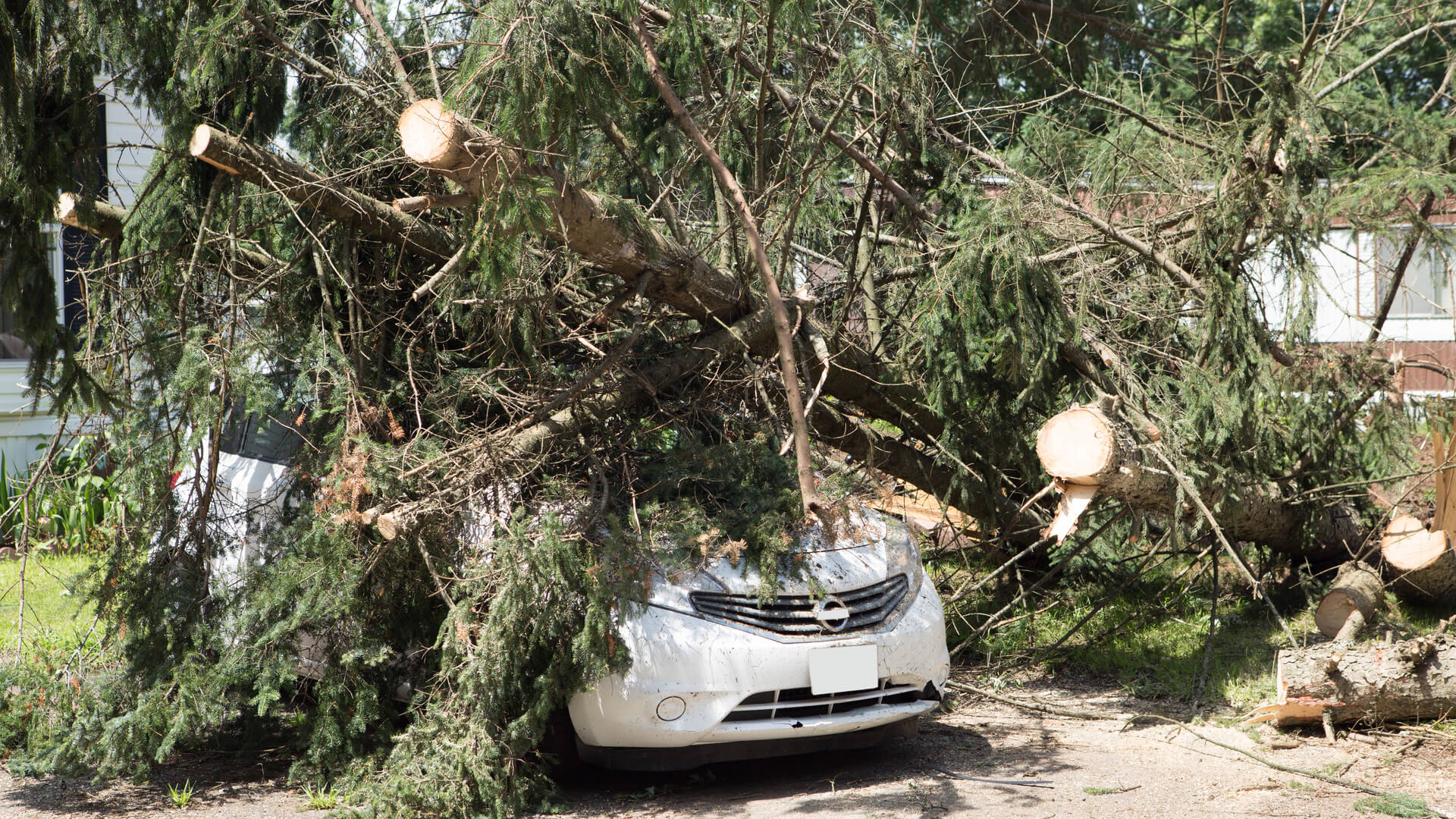

From towering oaks to elegant palms, trees enhance our properties in countless ways. But when they pose a risk, trigger disputes or simply need to go, navigating the process of removal can be challenging, especially when neighbors are involved. Here, we break down how to craft an effective tree removal agreement with your neighbor.
An agreement ensures that all parties are on the same page about the process and outcomes of the tree removal. Let’s discuss the essential elements of such an agreement.
Begin by specifically identifying the tree in question. This includes its type, size, location, and any distinctive features.
State why the tree needs to be removed. This could be due to disease, risk of falling, or any other valid reason.
Outline how the costs will be divided. The division could be equal, or it could depend on who is more affected by the tree’s presence.
Define who will be responsible for which tasks. This could include finding a tree removal service, obtaining permits, and dealing with debris disposal.
Include when the tree will be removed and when the cleanup will be completed.
Agree on who assumes liability for any damage caused during the removal process.
The agreement should be signed and dated by both parties.
| Recommendation | Description |
|---|---|
| Communication | Regular communication helps to avoid misunderstandings. |
| Documentation | Keep records of all discussions and the final agreement. |
| Professional Involvement | Consult a professional tree service for advice. |
| Legal Consultation | If necessary, consult a lawyer to understand local laws. |
| Insurance | Ensure that the chosen tree service has appropriate insurance. |
| Disposal | Plan for debris disposal with your local tree trimmers. |
| Safety | Take proper precautions to ensure safety during the process. |
If a tree’s branches are overhanging onto your property, in many areas you are within your rights to trim them. However, this could be different based on local laws or HOA guidelines. It’s always better to discuss with your neighbors before taking any action. You might need the help of a professional tree trimmer to do this safely.
If your neighbor’s tree damages your property, in many cases, your own homeowner’s insurance should cover the cost. But it’s essential to understand the specific circumstances under which this applies. Check with your insurance company and consult with a lawyer if necessary.
In many jurisdictions, you can legally request your neighbor to remove a dangerous tree. It’s often best to start with a friendly conversation, highlighting your concerns. If this doesn’t work, you might have to resort to legal action.
It’s critical to hire a tree cutting company with liability insurance. This way, if anything goes wrong, you’re not liable for the damages. Always keep written records of your agreements, and consider having a lawyer review them.
Navigating tree removal agreements with neighbors may not be as daunting as it first appears. Whether it’s identifying the tree, determining the cost division, or choosing the right tree cutting service in Los Angeles, a well-planned strategy can make the process smoother. Remember, open communication, legal counsel, professional services, and proper documentation can go a long way in resolving potential disputes.
Don’t hesitate to reach out to us at Clearway Trees for any advice or services you need. From tree pruning to palm tree removal, our team is always ready to help with your tree-related concerns. We understand the complexities that tree issues can present, particularly in urban spaces like Los Angeles, and we’re committed to providing the finest service to resolve them.
Remember, managing trees is not just about enhancing our landscapes; it’s also about building harmonious relationships with our neighbors. So next time you need a tree-related solution, think Clearway Trees, and let’s keep our communities beautiful, safe, and friendly together. Reach out to us today!